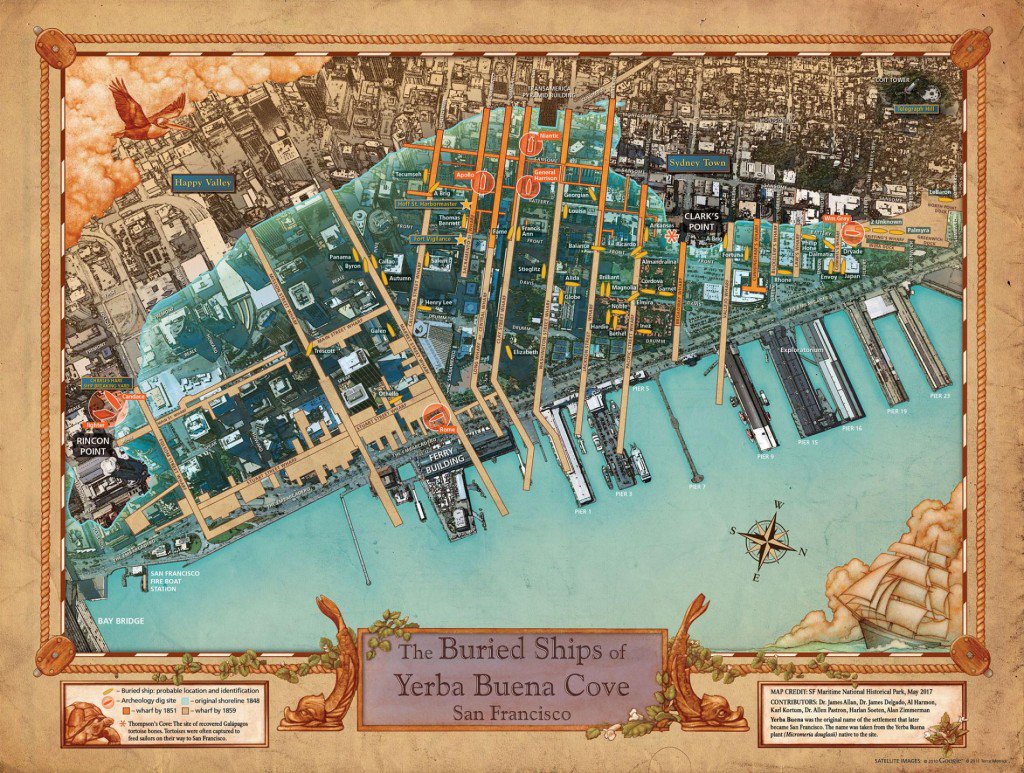The Ultimate Summer Of Love: The 1967 San Francisco Bucket List
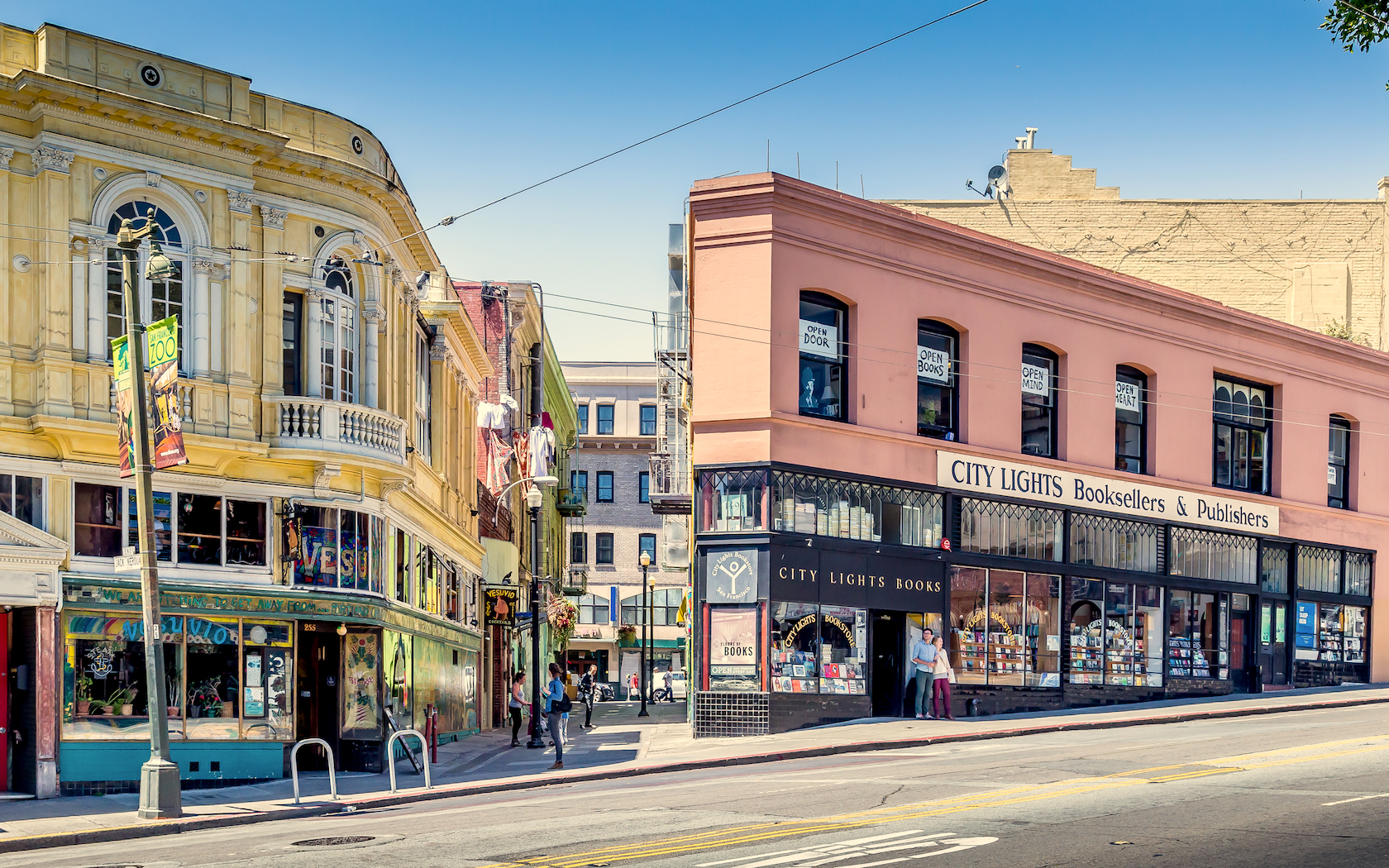
Cam Hassard is an international penman, sax-wielder and rogue wayfarer…
There’s almost too much to love about San Francisco: the hilly districts, historic trams, music and poetry floating through bay windows along tenement rows. Back in 1967, it was all happening in the Bay City; the love revolution, the psychedelic renaissance.
To quote Hunter S Thompson: “No mix of words or music or memories can touch that sense of knowing that you were there and alive in that corner of time and the world.” While today’s scene is more Silicon Valley than psychedelia, the legacy of the city’s cultural past remains present in every aspect. Fifty years after the Summer of Love and the hippie revolution, we give you the must-see guide to the countercultural icons of Bay City yesteryear. Wear flowers in your hair, get groovy, and go wandering.
The Haight-Ashbury
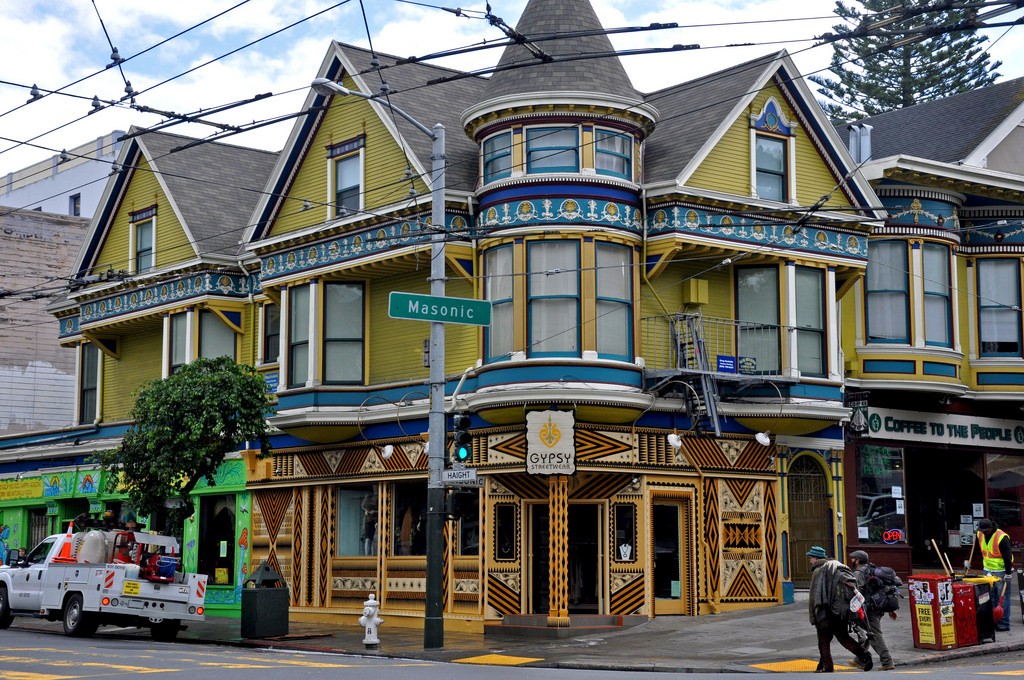
Haight-Ashbury: a neighbourhood, an epicentre, a feeling. Though it received little attention before the early 1960s, by ’67 the Victorian tenements of the ‘Haight’ had become vibrant and bustling. Widely noted as the epicentre of the then-burgeoning hippie movement, some of the era’s most important landmarks can still be found, including the Red Victorian, a historic communal hotel and centre of creative life, and a gathering place for revolutionaries, artists and travellers today.
The Grateful Dead House

Between October 1966 and March 1968, 710a Ashbury St was a house of musical, cultural and artistic foment like no other. During these wild years, it was home to the The Grateful Dead, infamous psychedelic jam collective led by the inimitable Jerry Garcia and Phil Lesh. The group lived here with their families, creating boundary-pushing music and putting on regular free community concerts and events. Though privately owned today, no ’60s pilgrimage is complete without a dutiful homage to this iconic Queen Anne style building, a crucial link to the flower power legacies of the past.
…And Jimi Hendrix’s House
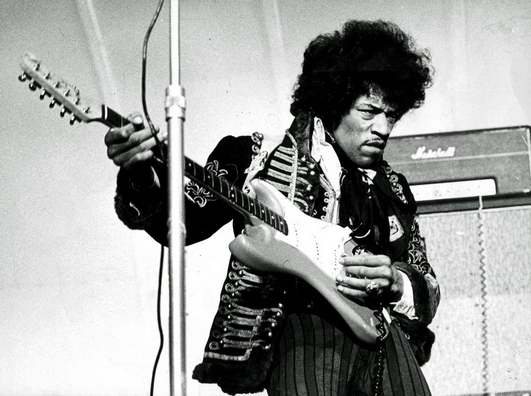
Another of the most important musicians of the time, legendary guitarist Jimi Hendrix lived in the Haight at 1524A Haight Street while performing the shows that would go on to become live album Live at Winterland. Though also privately owned, the Purple Haze legacy still lingers here too, with Hendrix-themed murals emblazoned on each of the house’s exterior sidewalls.
..And Janis Joplin’s House
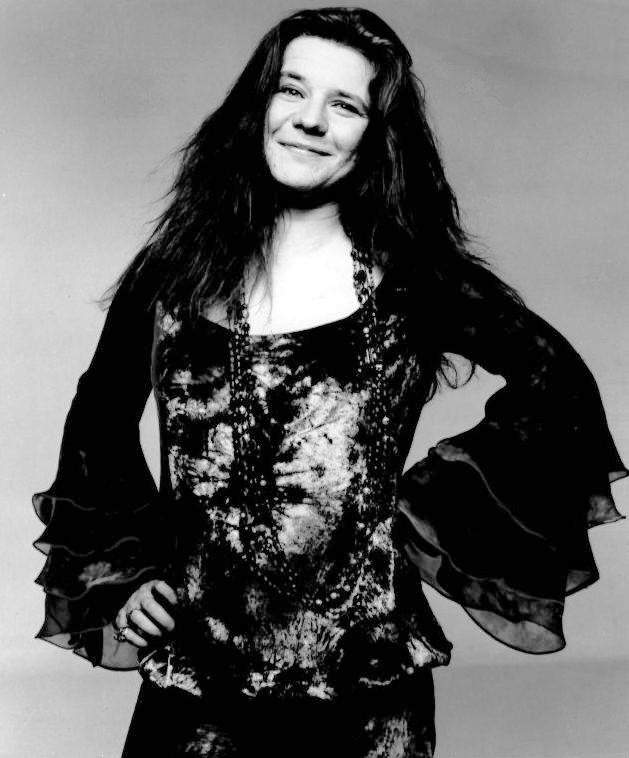
One of the most dynamic and original artists throughout the ’60s rock revolution, freak-folk queen Janis Joplin also lived in the bustling Haight neighbourhood. Though she occupied a number of residences, the Victorian townhouse at 635 Ashbury St – right around the corner from where Hendrix lived – is considered the most famous.
North Beach

As countercultural forerunners to the entire hippie movement, the artists, poets and writers of the beat generation also left their mark on San Francisco. In the ’40s and ’50s, the beats frequently congregated in and around the iconic North Beach district.
Tucked between Telegraph Hill and Russian Hill, the cafes and dive bars of the city’s ‘Little Italy’ provided a rich, culturally vibrant European-style scene for the city’s post-war artistic characters. While the demographic has shifted considerably since then, bohemian visions can still be seen and felt down the district’s buzzing streets.
City Lights Bookstore
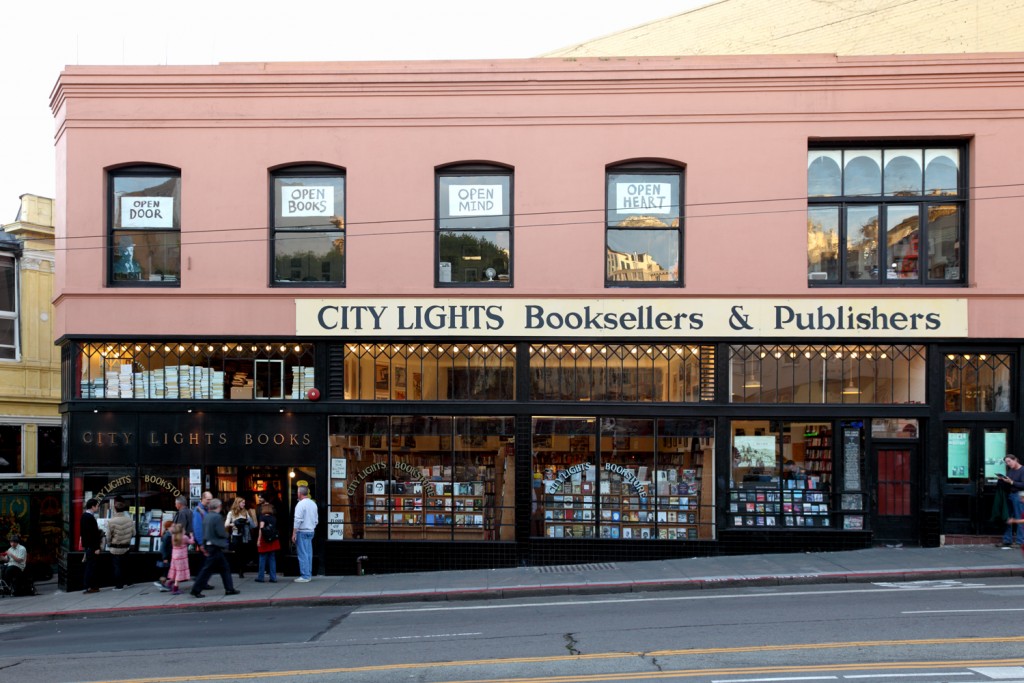
More landmark than mere bookstore, North Beach’s City Lights is a historical ground zero for some of the most important literary achievements and cultural moments in modern American history. A legendary purveyor of independent literary works, City Lights was founded by beat era poet Laurence Ferlinghetti, and provided a beacon of support for the icons of the ‘50s literary movement. Light shone on the store big time in 1957 when it published Allen Ginsberg’s career-defining poem Howl – Ferlinghetti faced a federal obscenity suit for the allegedly ‘lewd’ work. City Lights won the case, and helped chart a course for freer cultural speech through the decades to come.
Hippie Hill
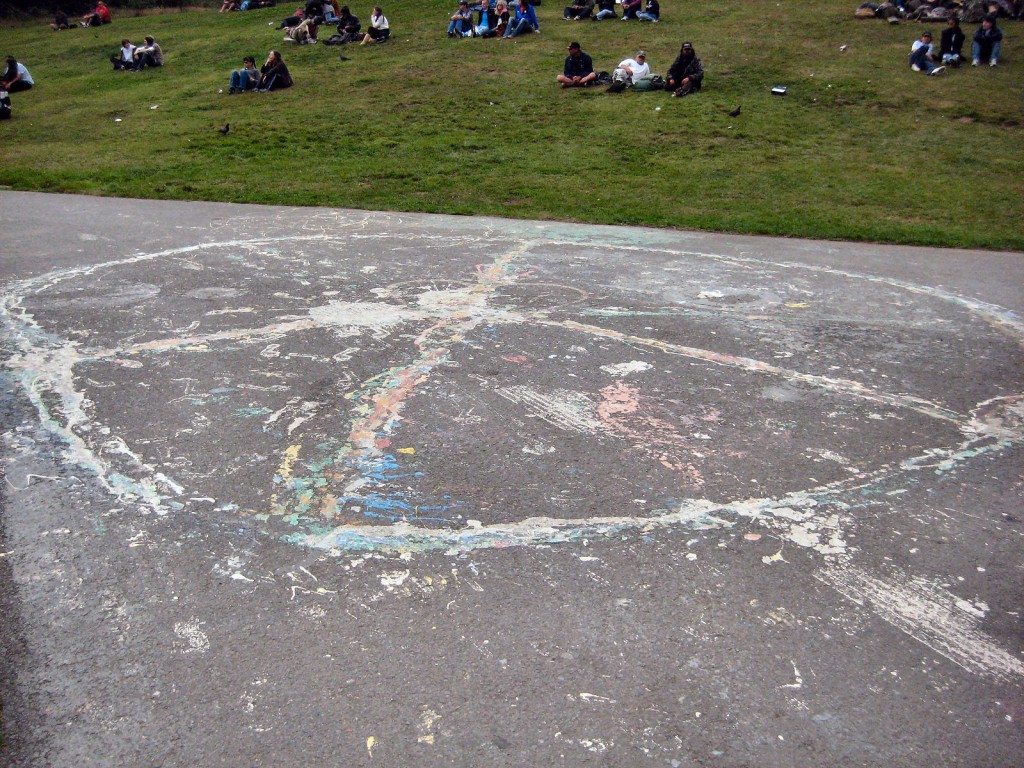
The name says it all. On January 14, 1967, 30,000 heads got together at this spot in Golden Gate Park for the ‘Human Be-In’, a concert and communal celebration effectively kicked off the entire Summer of Love movement. It was here that one of the speakers, scientist and LSD evangelist Timothy Leary, coined the extremely popular expression “turn on, tune in, drop out” for the first time. Half a century since the ‘Be-In’, an array of colourful characters still congregate here daily – a great spot for people watching and chilling out.
Vesuvio
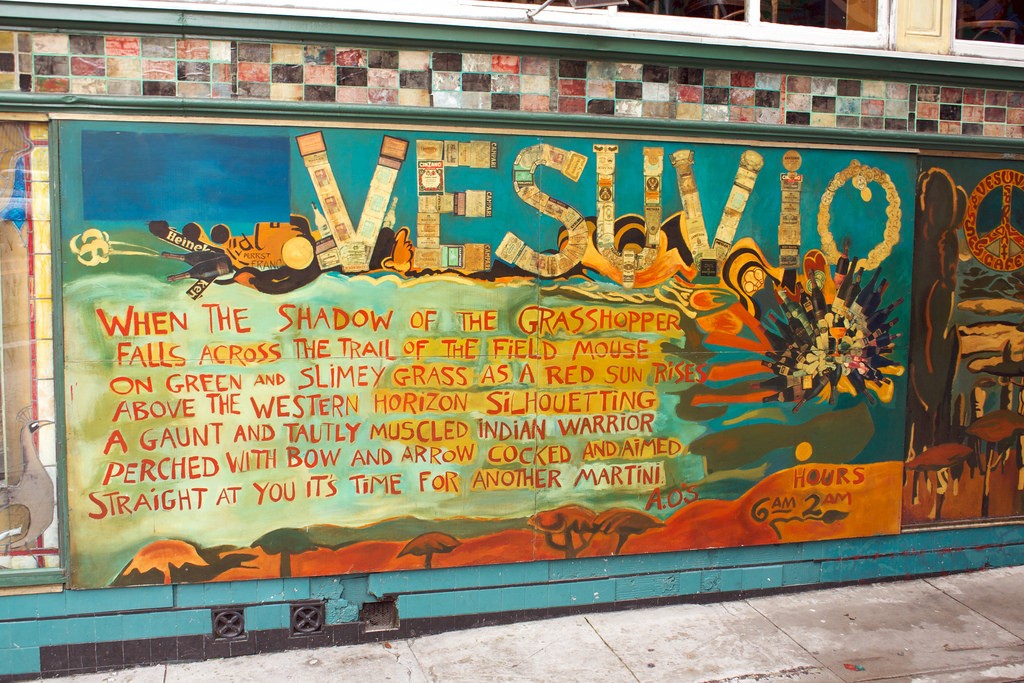
Just across the road from City Lights Bookstore on Jack Kerouac Alley, some of America’s most revered cultural icons shared a drink or two at Vesuvio, as much a museum as it is a sought-after watering hole. If the crisp pints of Anchor Steam aren’t enough to satiate your cravings, Vesuvio’s overflowing interior, rammed full of memorabilia, signatures and posters should do the trick. History drips off the walls here like beads on a pint glass.
The Fillmore West
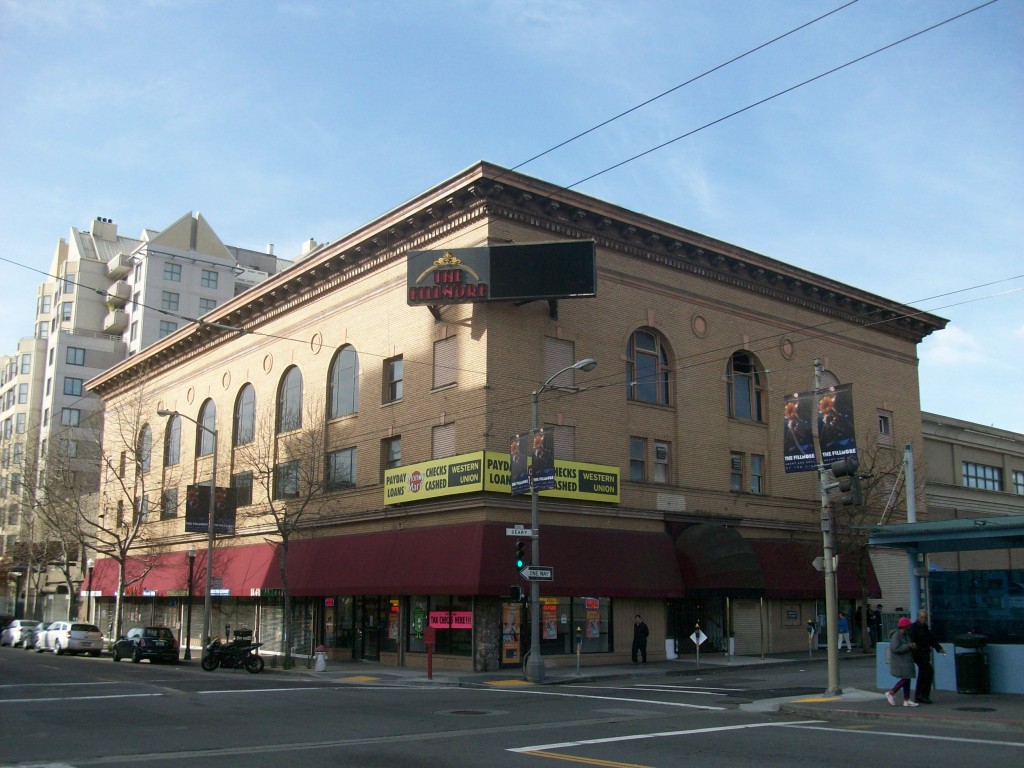
Formerly the Carousel Ballroom, the Fillmore West on Geary St once hosted countless now-legendary artists throughout the 1960s, including Janis Joplin, Jefferson Airplane, Jimi Hendrix, the Grateful Dead, The Who and Cream. Today it still runs strong each week, showcasing local and international taken year round.
Great American Music Hall

Replete with ornate balconies, frescoed ceilings and marble columns, the Great American Music Hall remains San Francisco’s grandest, oldest and most cherished music venue. Built in the early 1900s, the Hall became a popular jazz venue during the ’40s and ’50s, and though it didn’t showcase much during the 1960s (it was repurposed as a French restaurant), it reopened as a live venue again in 1972 and has been an iconic venue ever since.
(Lead image: Mobilus In Mobili/Flickr CC)
Cam Hassard is an international penman, sax-wielder and rogue wayfarer who writes for Junkee, Carryology, Huckberry, Caddie, Fairfax Media, Carryology, Intrepid, Peregrine Adventures and Europe Up Close. He’s eaten ant salad in Laos, hauled trucks from NYC to Vegas, and destroyed himself on the Camino de Santiago. Originally from Melbourne, he currently calls Berlin home.







